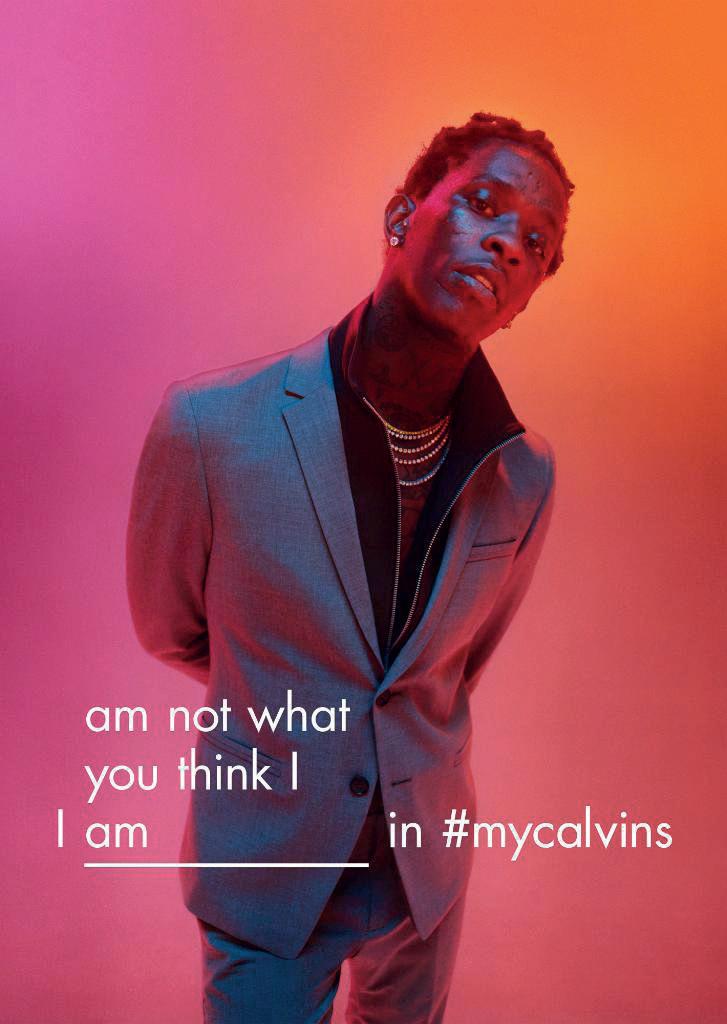
4 minute read
Clubbing in the 80s
from Outer
by ellyhenkes
ROMANTICS
By Elly Henkes
Advertisement
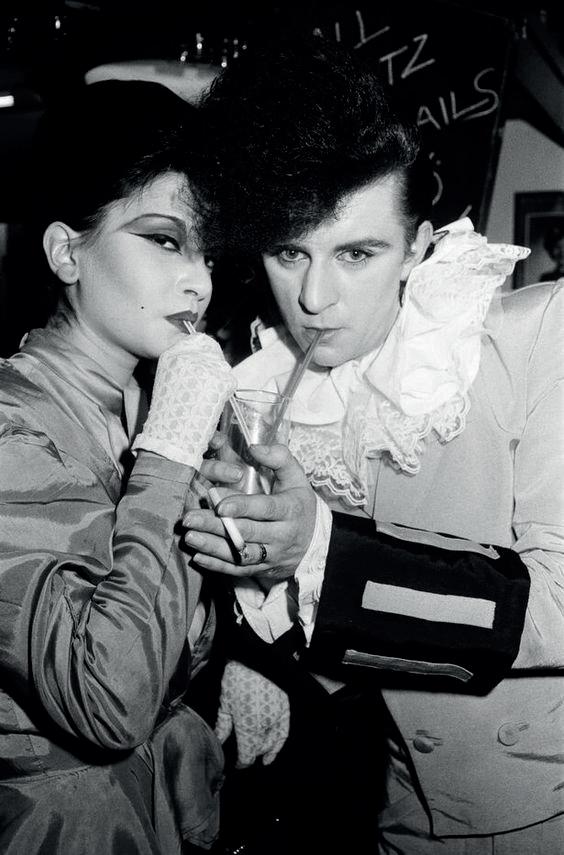
Emerging from the nightclubs of London New Romanticism became the first iconic fashion movement of the eighties. The Blitz Club was the place to be in 1979. A wine bar in Covent Garden, it was run by the legendary Steve Strange of the synthpop band Visage, known for their hit 1980 song Fade to grey. He acted as the clubs doorman, turning away anyone whose ensemble he didn't deem suitably creative. The exclusive dress code required potential patrons to be dressed subversively enough to blend. If you weren't outrageous enough, you weren't getting in. In 1980 from the birth of Tuesday night Club for Heroes events at the Blitz, the term ‘Blitz Kids' was first coined. The Blitz Club Kids were also known as the New Romantics. The New Romantics celebrated all things frilly and fanciful, ostentatious clothes and makeup. Born during the late seventies and carrying on into the early 80s, the style exploded into existence, making a fabulous impression on popular culture and the clubbing scene. Flamboyant, eccentric fashion led the way, inspired greatly by boutique label Kahn and Bell, and the early romantic period. The movement took inspiration from many various historical eras, including the English Romantic period, Russian constructivism, Bonnie Prince Charlie, 1930s cabaret and the Pierrot clown. A highly androgynous appearance was valued and the bizarre was celebrated. They rejected the anarchic and shabby aesthetic of punk, choosing to
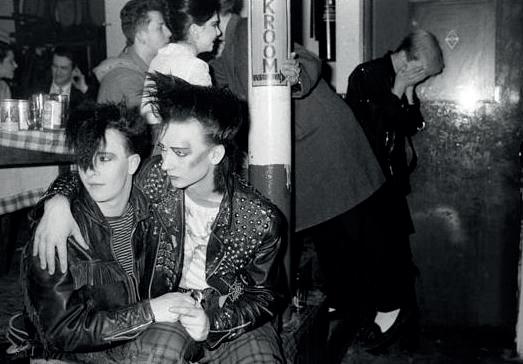
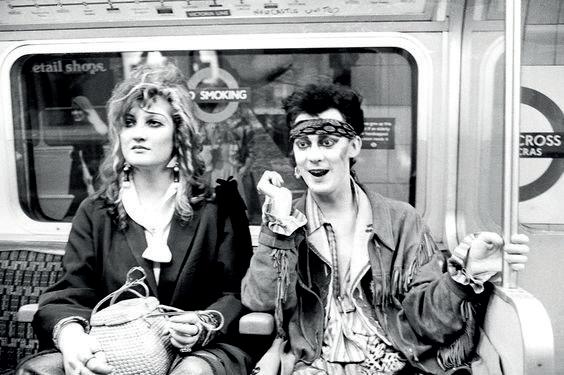
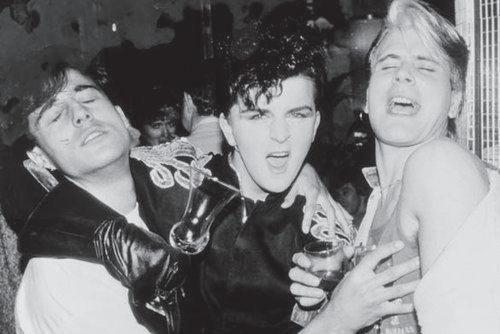

21 adopt extravagance and materialism. It was theatrical and glamourous and separated itself from the idea of anti-fashion. The Blitz crowds were a playground for young fashion designers from nearby art colleges like St Martin's School of Art, such as Stephen Jones and John Galliano. New Romanticism embraced makeup for all genders. High arched, pencil thin eyebrows, pale white painted faces with blush in all the boldest shades of pink and purple. Everyone wanted to be as dandy and beautiful as possible. >>

David Bowie was a huge inspiration to the movement, and his glam rock style heavily influenced early New Romantics. The gender bending, cosmetic focused taste was a direct reaction against austerity and was welcomed and adopted by New Romantic bands and club goers. Bowie's 1980 music video for Ashes to Ashes took advantage of the New Romantic image and featured Steve Strange, despite Bowie himself never identifying with the movement. It helped to elevate it into the eyes of mainstream culture and put on view the fashion that Strange and others were developing. Steve Strange was undoubtedly the most iconic New Romantic figure and made quite a name for himself. His appearance was always immaculate and remarkable, with a strong sense of aesthetic and sporting the most outrageous looks imaginable to the New Romantic mind. He was the embodiment of a fashion statement and pushed the boundaries of fashion, showing that the wearing of clothes is a pure form of art, just another extension of artistic ability. Other notable New Romantic icons include Princess Julia, who is today still a very successful DJ. She was often seen parading bizarre and fantastic outfits alongside Strange. George O'Dowd (Boy George himself) started out as a cloakroom attendant working for Strange at the Blitz before going on to cultivate his own New Romantic style and be prominent in the scene. Marilyn, Stephen Linard and Kim Bowen were all present in flaunting New Romantic attire on nights out and contributing to the visuals of the movement. Whilst the New Romantic Movement largely dispersed after the early 80s, it had a huge impact on culture and fashion that lasted throughout the rest of the decade, influencing people's sense of indulgence and self expression. It had exploded onto the clubbing scene and redefined fashion and nightlife entirely. Never before had something so ridiculous and artistic been available and it was one of the most important subcultures to have ever existed. In 1979 Margaret Thatcher was elected to power and the future looked bleak and desperate. Unemployment rose and london was broken. The music and fashion scene was dull and there was no one to look up to for style inspiration. People didn't know how to dress and the world of clubbing lacked passion and flair. The New Romantic movement was an affirmation, a reason to dress up and be somebody. It was giving people a cultural identity and an outlet for their frustration. The Blitz Club may not have lasted long but it was an essential location during the peak of New Romantic culture and the legacy created by Steve Strange and others is embedded within fashion history. Fabulous and flamboyant, the New Romantics looked for beauty in everything.

